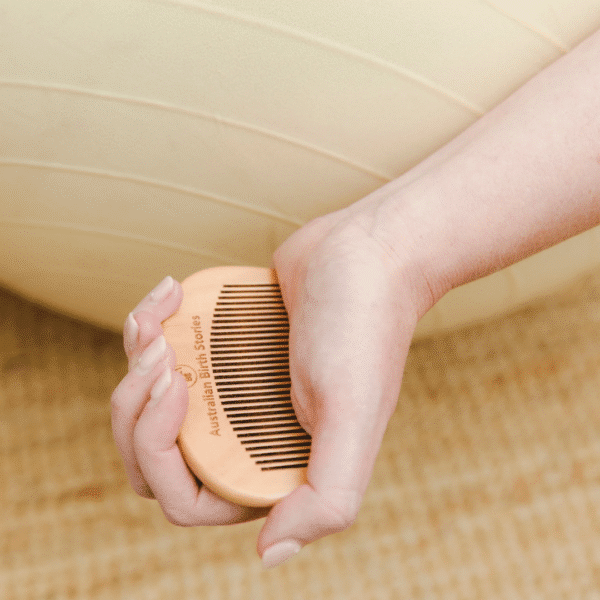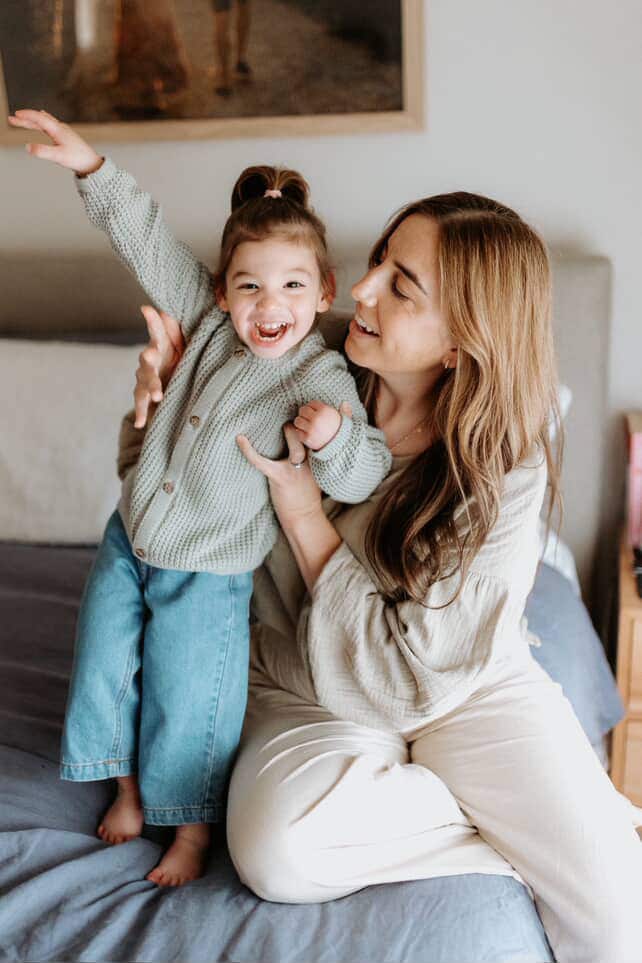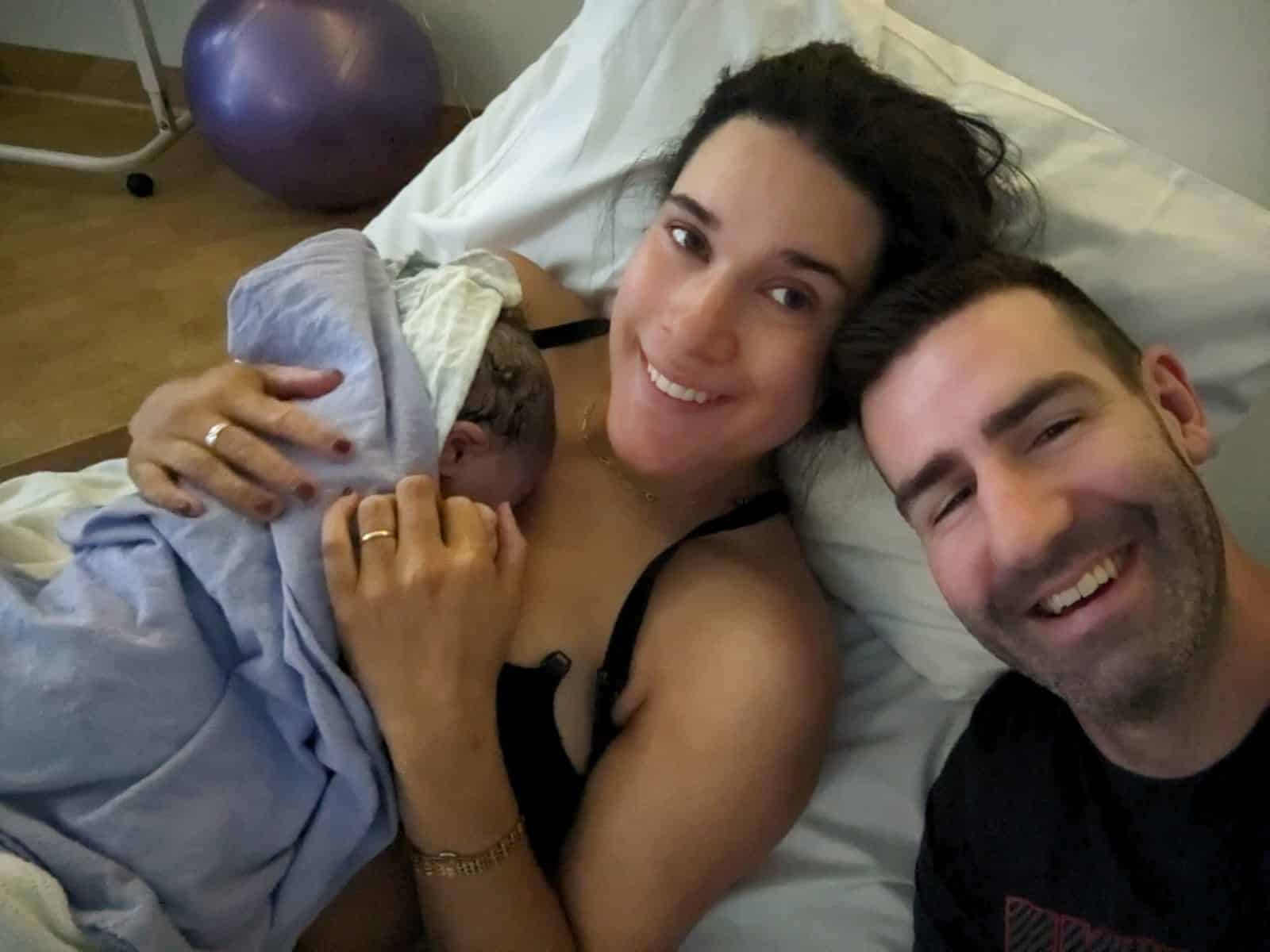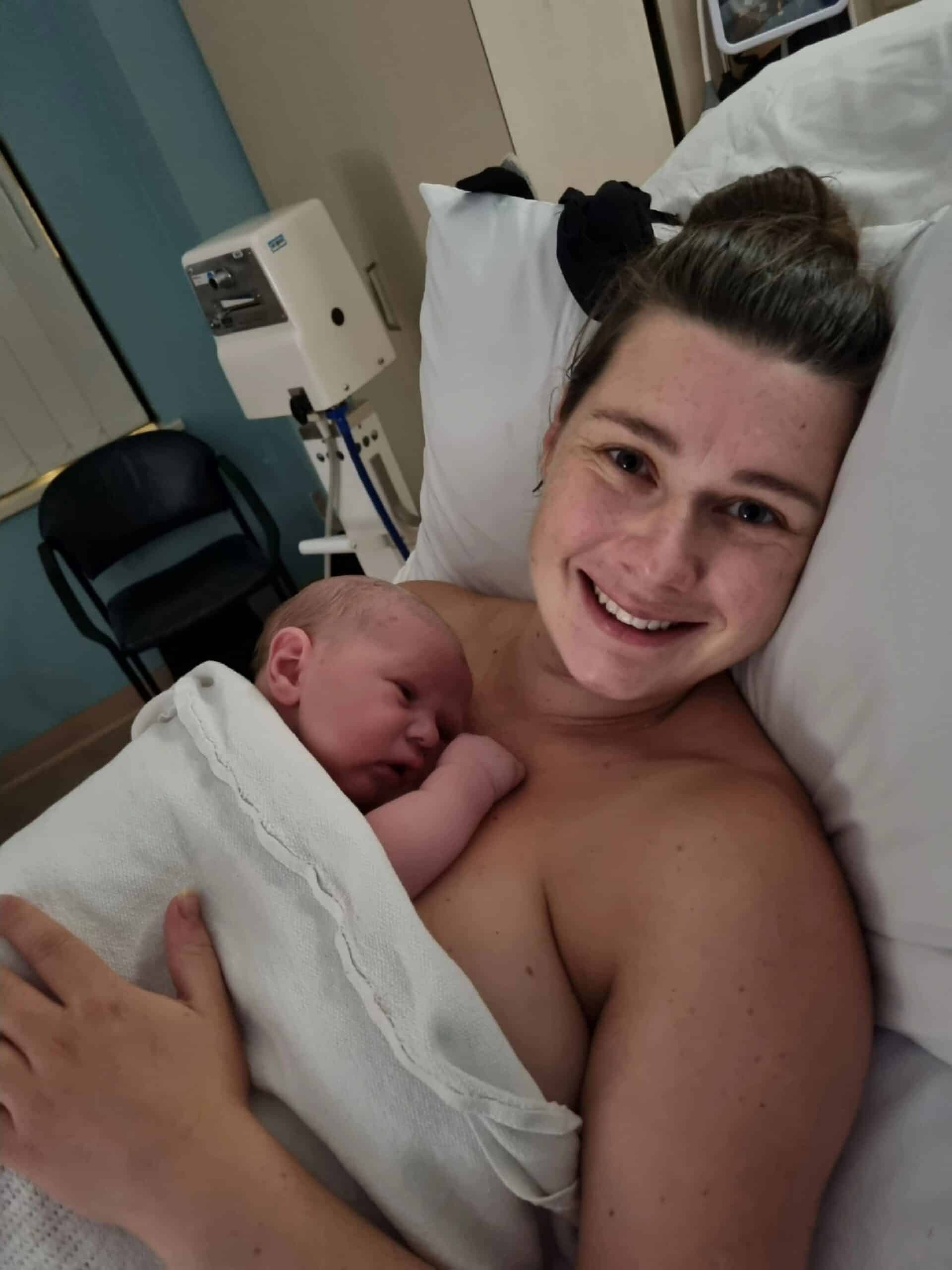Podcasts Libby Trickett
EPISODE 154
Libby Trickett
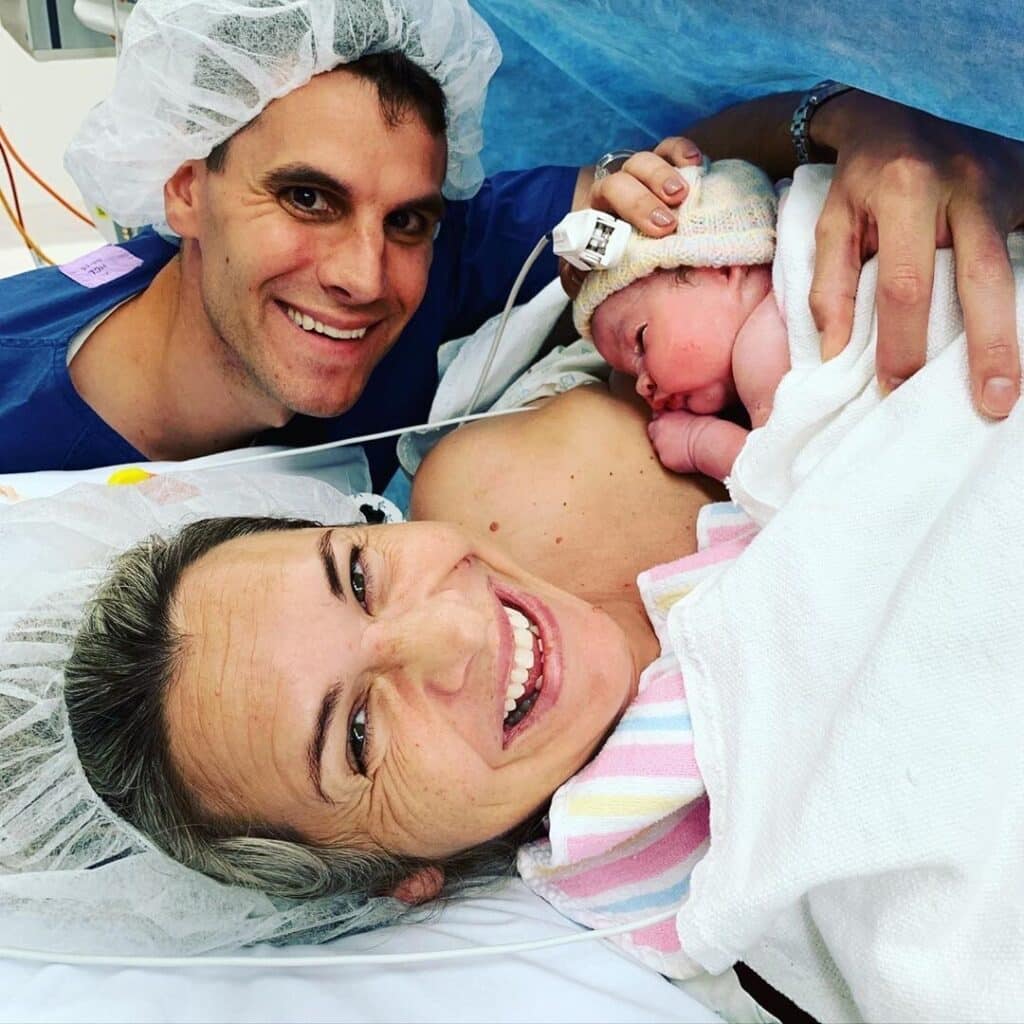
After taking a year to fall pregnant with her second daughter, Edwina, Libby and husband Luke decided to start trying for their third baby sooner rather than later. Libby has PCOS and knows how difficult conception can be so no-one was more shocked than her when she fell pregnant within the first cycle. With a history of difficult pregnancies, including constant nausea and vomiting, Libby was grateful to experience a relatively easy pregnancy although she now admits that a smooth pregnancy definitely doesn’t make for an easy birth experience. She was under the care of Obstetrician Rob Butler and opted to birth at Mater Mothers’ Hospital in Brisbane.
In her 34th week, Libby was diagnosed with high-blood pressure, the earliest she had ever developed it during her three pregnancies. For the first time she had to be medicated and was required to stay overnight for monitoring during her 35th week. Thankfully, she made it to 38weeks and opted to be induced to minimise the chance of developing pre-eclampsia.
At 6am on the morning of induction, gel was applied to Libby’s cervix and so began a day of waiting. In the early afternoon, she made her way down to the birthing suite so her OB could check her. Her body usually takes a while to move into labour so she wasn’t surprised when she discovered that she hadn’t dilated but everyone was shocked to learn that baby Bronte had flipped from head down to breech.
Libby had an injection to reverse the induction and her OB, Rob, began External Cephalic Version (ECV) – the manual manipulation of the baby from breech to head down. The procedure comes with a risk of cord prolapse so a theatre was on stand-by the entire time. Libby admits that it was a strange sensation but whilst it was uncomfortable, it definitely wasn’t painful. Once Bronte was head down, Rob had to stabilise the head by performing an artificial rupture of the membranes (ARM). “I wasn’t dilated so it was a very intense procedure. He had to manually dilate me and break my waters – little by little – so she didn’t slip out of position. During that time Bronte’s hand slipped out and grabbed Rob’s fingers but he managed to put it back into place and called the entire procedure a success,” says Libby.
Twelve hours since induction first began, Libby started on syntocin to get labour going, she requested an epidural and they settled in and waited – yet again. Bronte’s heartbeat started to dip and rise but settled a few hours later. “The midwives said they would check me at 1:30am but at 1:15am I had this really strange feeling down there. I know what the pressure to push feels like – I had it with my other girls – but this was definitely different. It was like there was a little hand down there moving its fingers and when I told the midwife and she checked, she confirmed that Bronte’s hand had slipped through again,” says Libby.
A hand presentation signals the need for a cesarean birth and Libby, whilst fearful of the experience, understood that there was nothing anyone could do. “I was really disappointed at that stage because I’d gone through all of the hurdles, a successful ECV and ARM and I was so positive that I was progressing well. But they talk about the mum and baby team for breastfeeding and I think it’s the same for birth; Bronte wanted a cesarean so I went along with it,” she says.
“I think birth expectations can be of disservice to women who hope for one thing and don’t get it…but when Luke announced it was a girl it was like my family, my heart, was complete. All the disappointment and stress of the day just faded away. It was exactly what was meant for us…it was just beautiful. I like to call it a surprise cesarean because there wasn’t much rushing going on.”
Libby’s OB discovered two cysts the size of walnuts on her fallopian tubes during the birth and removed them after Bronte was born. Thankfully they were both benign. Libby’s recovery was as expected; she was very sore for the first 10-12 days but is gaining strength and breastfeeding is going well. She is also very aware of the signs of PND and is mindful of reaching out to her support systems if she needs to.
“I had post-natal depression with Poppy. It’s scary and intimidating and you worry that it will come back…you’re more susceptible if you’ve had it before. However, you also know what signs to look for which is a blessing. I’ve got my support systems in place, I know I can reach out to my GP and psychologist and once I’m signed off from my OB I’ll start exercising again which helps my mental health immeasurably.”
To hear Libby’s first two birth stories on the podcast click HERE
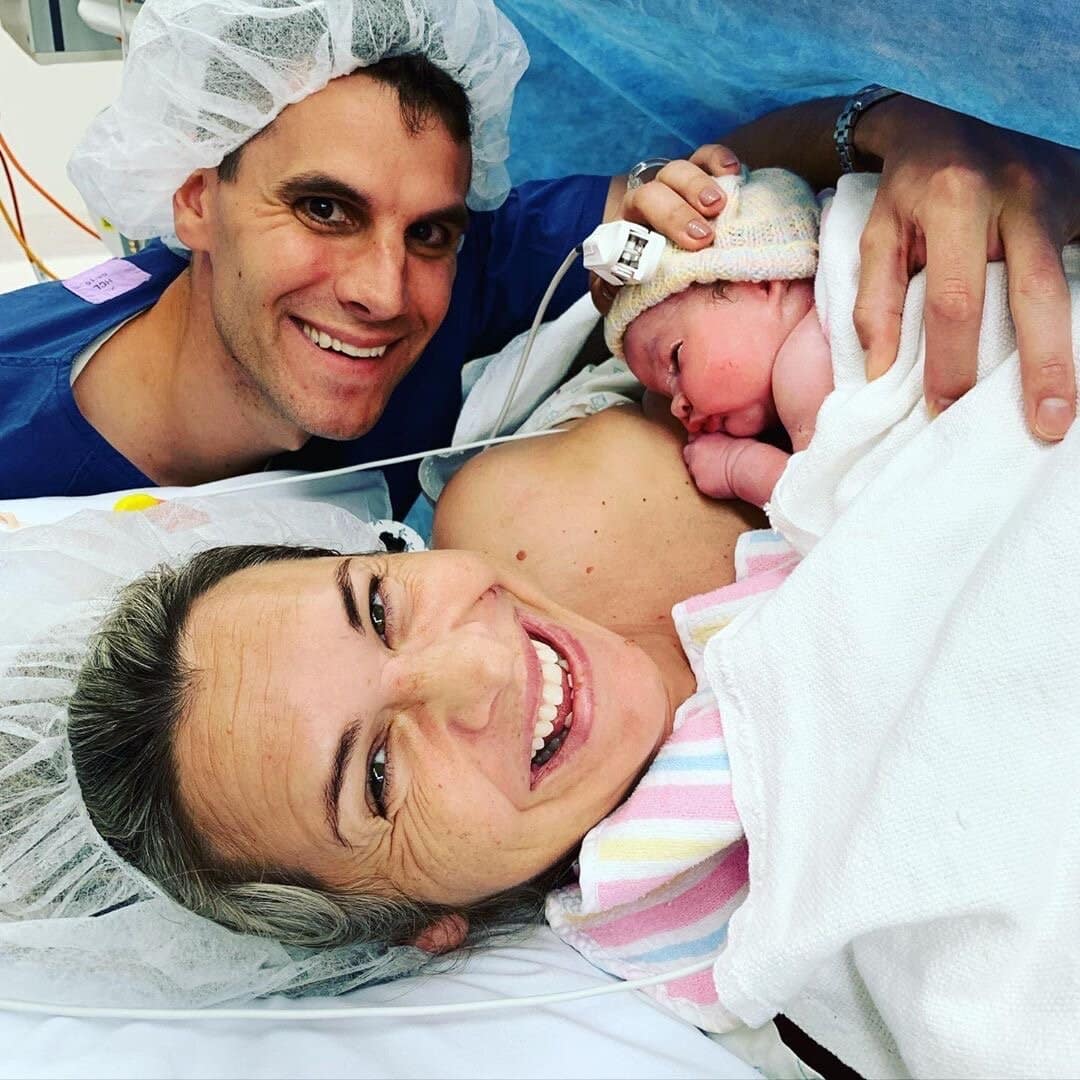
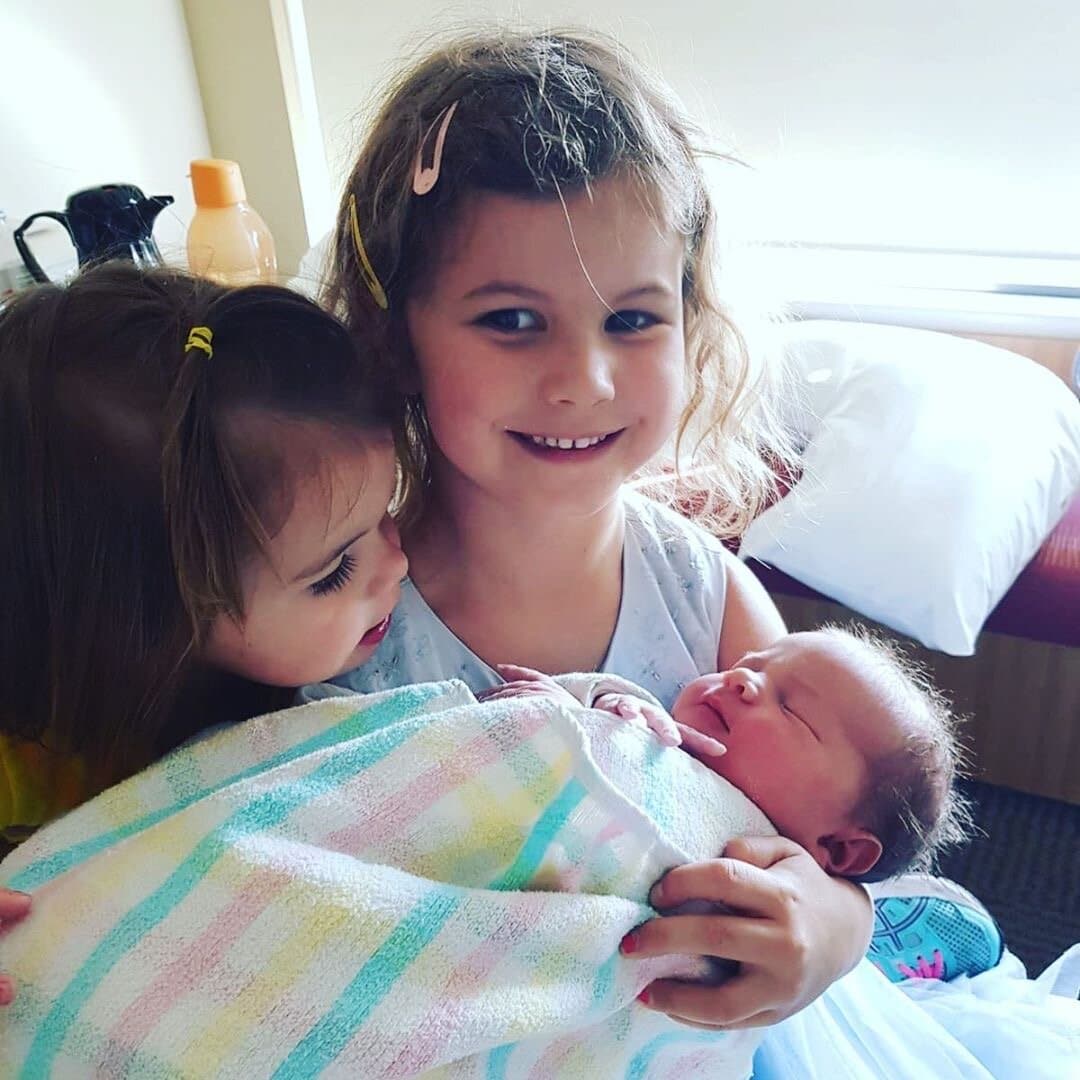
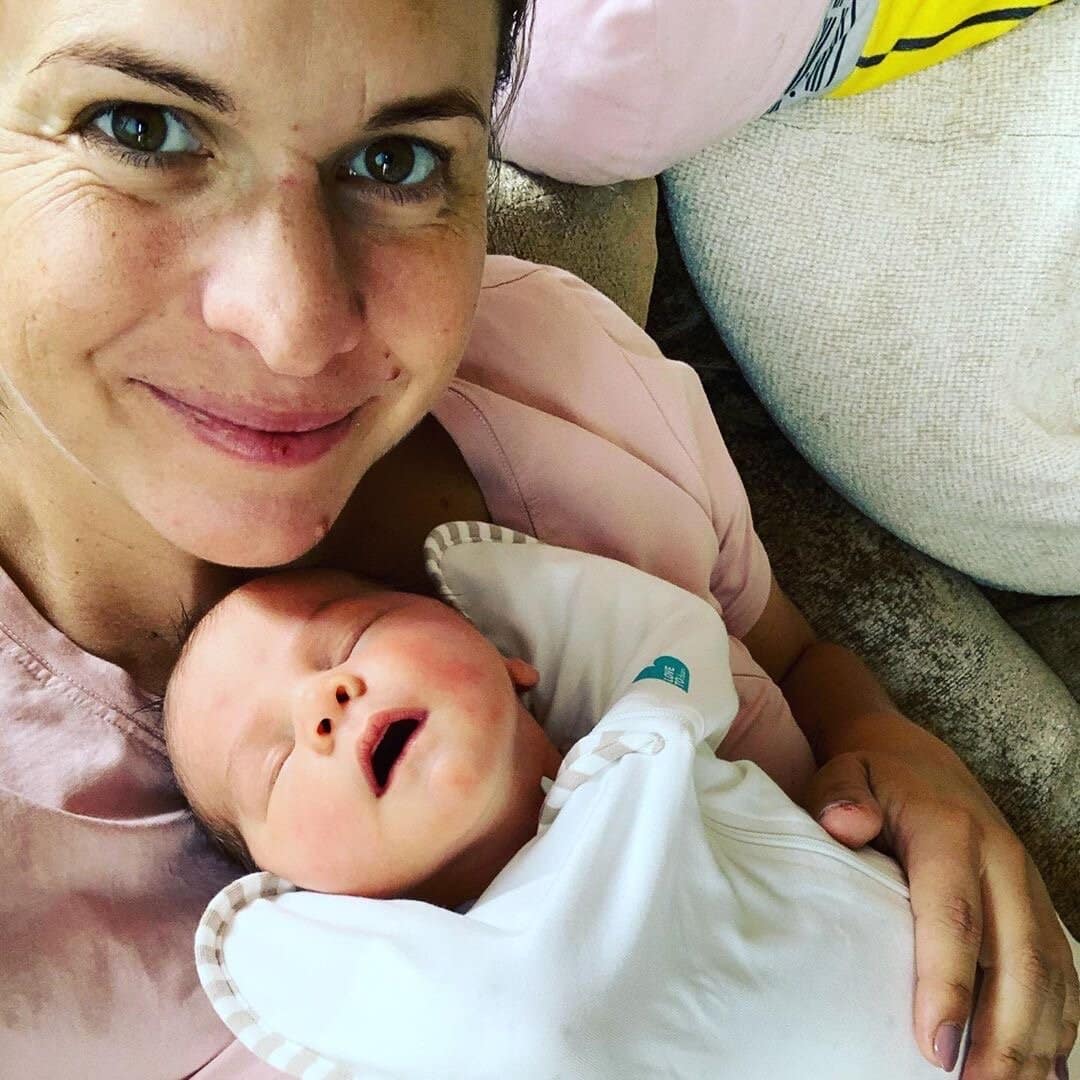
Topics Discussed
ARM, Breech, ECV, Emergency caesarean, Hand presentation, High blood pressure, Induction, PCOS, Post-natal depression
Episode Sponsor
Today’s episode is proudly sponsored by Active Truth. The maternity activewear tights from Active Truth were a staple in my wardrobe when I was pregnant. Their Mama Tights provided snug and secure support that was magic for those pregnancy aches and pains, especially around your back, hips and pelvis. They designed to exercise in but let’s face it, they were so comfortable they were perfect for everyday wear! They’re smoothing and squat-proof and provide physio-approved support with none of the ugly of medical-grade tights! The best part is the bump band grows with you from your first trimester and is a great fit for your entire pregnancy, right to full term. Because they keep their shape you can even wear them as a recovery tight. I’m still wearing mine 10 months on!
To get $20 off your order go to www.activetruth.com.au/abs for your exclusive discount code.
Categories
Related Products
-
Birth Combs: Harness Your Body’s Natural Pain Relief
$24.95Crafted from smooth, natural wood, our birth combs activate specific pressure points in your hands that trigger your body’s innate pain-relieving responses.
Join the conversation
Sign up to get the latest updates, freebies, podcast releases straight into your inbox
@AustralianBirthStories
Follow along with us
@AustralianBirthStories
Follow along with us
@AustralianBirthStories
Follow along with us
@AustralianBirthStories
Follow along with us
@AustralianBirthStories
Follow along with us
@AustralianBirthStories
Follow along with us
@AustralianBirthStories
Follow along with us
@AustralianBirthStories
Follow along with us
@AustralianBirthStories
Follow along with us
@AustralianBirthStories
Follow along with us
@AustralianBirthStories
Follow along with us
@AustralianBirthStories
Follow along with us
